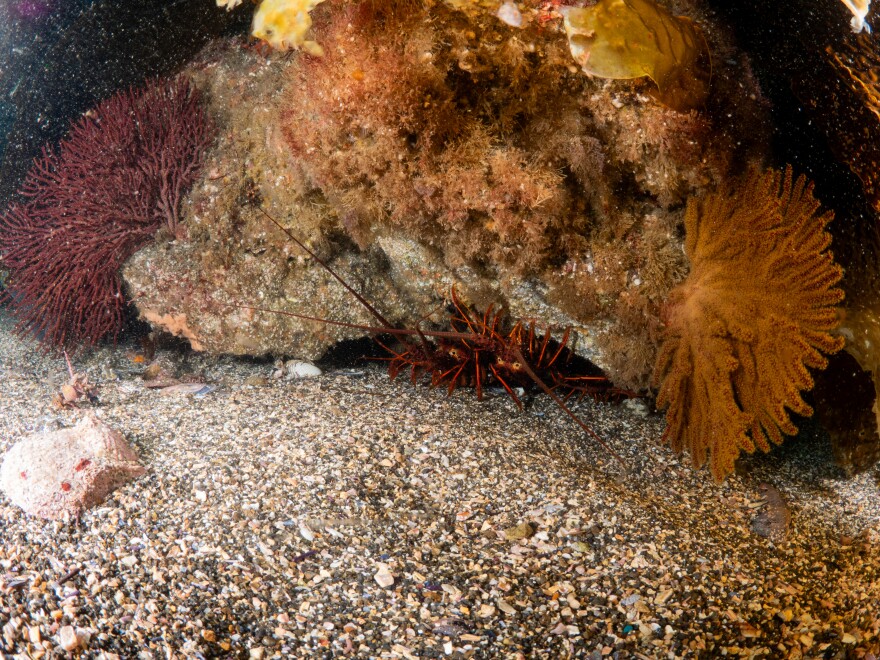The Channel Islands and the waters around them are home to some of the most unique species in the world.
This week, a team of researchers is participating in the third and final expedition in a series aimed at learning more about and documenting the DNA of the region’s marine life.
"The focus of this third expedition is to fill in the data gaps we have from the Channel Islands," said Caitlynn Birch, a Pacific Marine Scientist with Oceana, a nonprofit international organization dedicated to ocean conservation.
There's eight islands," she continued. "We've heavily sampled the northern islands. Now, we've been focusing on the southern islands to fill in the regional picture of the biodiversity of this region. Environmental DNA is a great tool to see the entire tree of life of these ecosystems, and there are species there that are undocumented by science. We're detecting them, but we don't have their genetic reference within the databases. We don't exactly know what they are, so there's still a lot to learn about these species."

The five-day-long expedition is based on the dive boat Peace, with a team of 18 people.
Recently, Birch and the team were studying an area about 110 miles from Ventura and about 50 miles away from San Clemente Island. She described their daily efforts during the expedition.
"We're doing three drives and three offshore samplings paired with each dive segment. We wake up in the morning, the divers go out in the shallower areas, and then we're also in tandem doing fish and invertebrate sampling at the same sites, so we'll have this dual data set of environmental DNA samples."
Birch added that after months of planning, it’s exciting to be at sea in the middle of the expedition.
"This is definitely the fun part," she laughed. "We're out here having a blast, with some great weather."
Oceana uses some of its research for ocean conservation advocacy efforts. It was involved in the development of a bill authored by Democratic State Assemblyman Steve Bennett of Oxnard to help protect sea life. The bill was signed into law this year and will phase out the use of set gill nets.
"The set gill nets are these mile-long nets set out on the sea floor to catch California halibut and white seabass," explained Oceano's Pacific Campaign Director and Senior Scientist Ben Enticknap. "But all kinds of other animals get caught in these nets, and are discarded as bycatch, often dead or dying. "We worked to pass legislation that will phase out the set gill nets over time, while allowing existing fishermen to stay on the water. There's a future now where we will no longer have gill nets off the California Coast."
Fishermen who have permits will still be able to use them, but when they retire, the permits can't be transferred and will also be retired.

The researcher talked about what will happen with the data they’re collecting on the expedition.
"We're working in partnership with Dr. Adrian Munguia-Vega, who is founder and director of the University of Arizona's applied genomics lab. He and his team will do the lab processing. Our team at Oceana will go through all the video and images, and then our goal is to publish a paper together that includes all of the data."
The research into the Channel Islands region takes on special importance with the news this week that the Trump Administration may try to open some of California's coastal areas to new oil and gas leases.
The researchers said their work can highlight the ecosystems that might be threatened if there’s new oil and gas development off our coastline.



